The hills drift in and out of vision as the rain slicked ground filters the deluge. In waves upon waves, it heaves and breaths.

‘rain drenched Phoenix’ | © H a v e n
The hills drift in and out of vision as the rain slicked ground filters the deluge. In waves upon waves, it heaves and breaths.

‘rain drenched Phoenix’ | © H a v e n
“…. They didn’t sign away their rainy Eden or sell it, die in warfare, or move to reservations, not until twenty-five years after the catastrophes that swept most of them away. It wasn’t smallpox that laid them low. Suddenly most of them were simply gone. The Wapato Lowlands in particular were empty and silent. Did
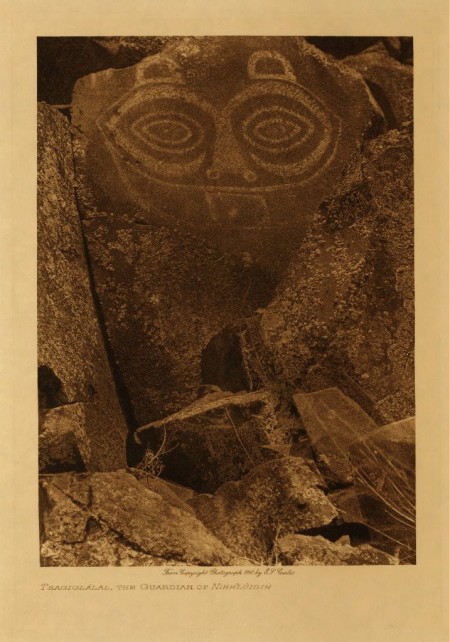 God call them home? The few survivors walked away dazed. Took to speaking other languages. Were replaced by strangers. After a few decades hardly anyone remembered that they had ever been there.”
God call them home? The few survivors walked away dazed. Took to speaking other languages. Were replaced by strangers. After a few decades hardly anyone remembered that they had ever been there.”
Read more of “She Who Watches — Tsagaglalal By Rick Rubin” here: http://www.ochcom.org/chinook/
Listen to the story, ‘She Who Watches — Tsagaglalal’, as told by Ed Edmo:
An Edward S. Curtis photo from 1909 of my Ancestors old village site near Skamania, Washington. Lewis and Clark called us the ‘Shahala Nation’, when they came
 through the Gorge in 1805. We lived in three subdivisions: the Yhehuhs, who were above The Cascades of the Columbia River, the Chahclellahs, who lived below The Cascades, and the Wahclellahs, who lived near Beacon Rock. We had six villages on both sides of the river until the 1830′s, when what was called the ‘Cole Sic and Warm Sic’ (Malaria) epidemic came through and decimated our numbers to near extinction. Some number perspectives: in 1780, we numbered 3,200, in 1805, Lewis & Clark’s count was 2,800, 1,400 in 1812, and about roughly 80-100 after the epidemic of the 1830′s. The survivors then created the single village that became the Wat-la-la.
through the Gorge in 1805. We lived in three subdivisions: the Yhehuhs, who were above The Cascades of the Columbia River, the Chahclellahs, who lived below The Cascades, and the Wahclellahs, who lived near Beacon Rock. We had six villages on both sides of the river until the 1830′s, when what was called the ‘Cole Sic and Warm Sic’ (Malaria) epidemic came through and decimated our numbers to near extinction. Some number perspectives: in 1780, we numbered 3,200, in 1805, Lewis & Clark’s count was 2,800, 1,400 in 1812, and about roughly 80-100 after the epidemic of the 1830′s. The survivors then created the single village that became the Wat-la-la.
“I am now old. it was before I saw the sun that my ancestors discovered the Wah’-tee -tas, the little ancient people who wore robes woven from rabbit’s hair. They dwelt in the cliff. My people saw a little short fellow, like a person.
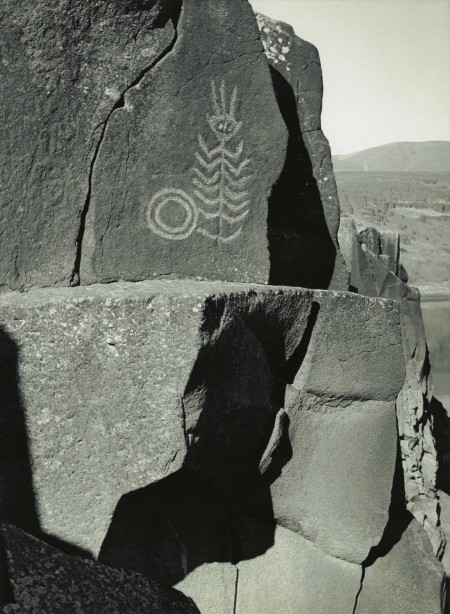
Alfred A. Monner (1953), warns of a dangerous whirlpool in the eastern Columbia River Gorge.
- Tokiaken Twi-wash (Yakama) told L.V. McWhorter this story in 1912
Sasquatch runs deep through my family. My Grandmother use to tell me stories that would make my hair stand on end.
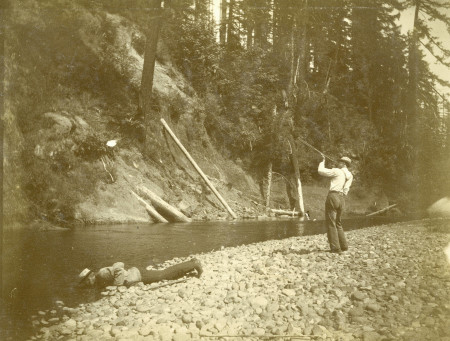
Hunting on Rock Creek near Stevenson, WA. c. 1911
You can hear my Uncle’s story about ‘the call of Sasquatch’ here:
“Although identified by the photographer in about 1900 as Warm Springs Indians, this family, who lived near Celilo,  was part of a substantial population that refused to settle or stay on the reservations. Many of them came to identify themselves as Columbia River Indians, or River People, based on their shared heritage of connection to the river, resistance to the reservation system, adherence to cultural traditions, and relative detachment from the institutions of federal control and tribal governance. ”
was part of a substantial population that refused to settle or stay on the reservations. Many of them came to identify themselves as Columbia River Indians, or River People, based on their shared heritage of connection to the river, resistance to the reservation system, adherence to cultural traditions, and relative detachment from the institutions of federal control and tribal governance. ”
(http://www.ohs.org/research/quarterly/images/OHQ1052_Fisher_1.pdf)
I am Proud to be a River People.
A video montage in honor of the River People.
The sun peeks its morning head over the hedges. Summoning the morning glories to rise and open their light to the world. Sometimes, I feel like a tight bulb, curled in on its self, not wanting to expose myself to the world, or
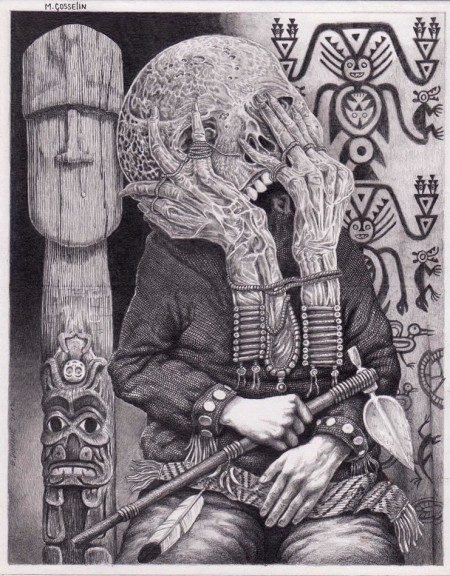
‘you put a spell on me. ‘exquisite corpse drawing bernard dumaine marc gosselin
A grand spectacle! The sheer magnitude of these living waters, pummeling in their forever song of change.
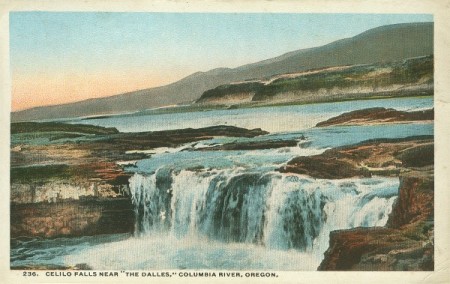
Post Card, Near The Dalles, 1917
To the East, the mountains lose their teeth to rolling hills and grassy prairie. The smell of sweetgrass and manure wrestle through the  tumble weed winds, swift and warm. There is a calm here in the big sky horizons, where reluctant life forges ahead through the harsh winters and dry summers. The lonely sacredness of dreams tied up in old stories that still live in Post Office conversations. I admire the Stoic vastness of the Prairie, stretched as far as the eye can see. I visit when I can, and get lost in the hushed whispers of time.
tumble weed winds, swift and warm. There is a calm here in the big sky horizons, where reluctant life forges ahead through the harsh winters and dry summers. The lonely sacredness of dreams tied up in old stories that still live in Post Office conversations. I admire the Stoic vastness of the Prairie, stretched as far as the eye can see. I visit when I can, and get lost in the hushed whispers of time.
“A cold wind was blowing from the north, and it made the trees rustle like living things.”
― George R.R. Martin, A Game of Thrones
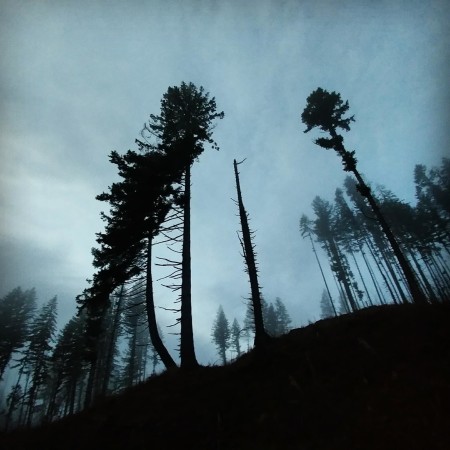
Horizons | © H a v e n